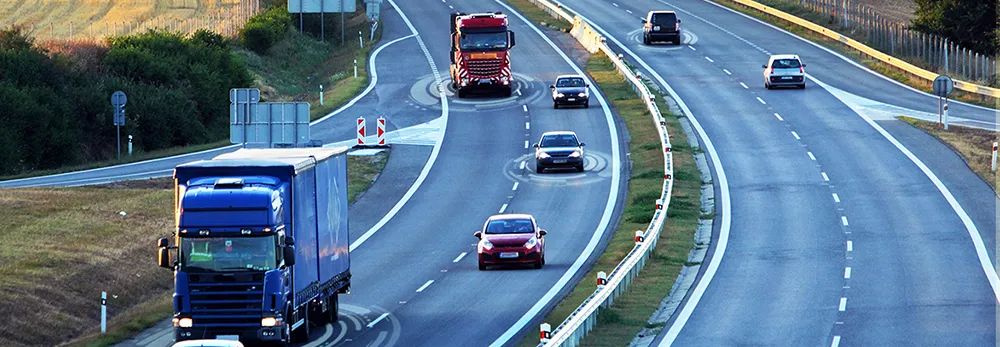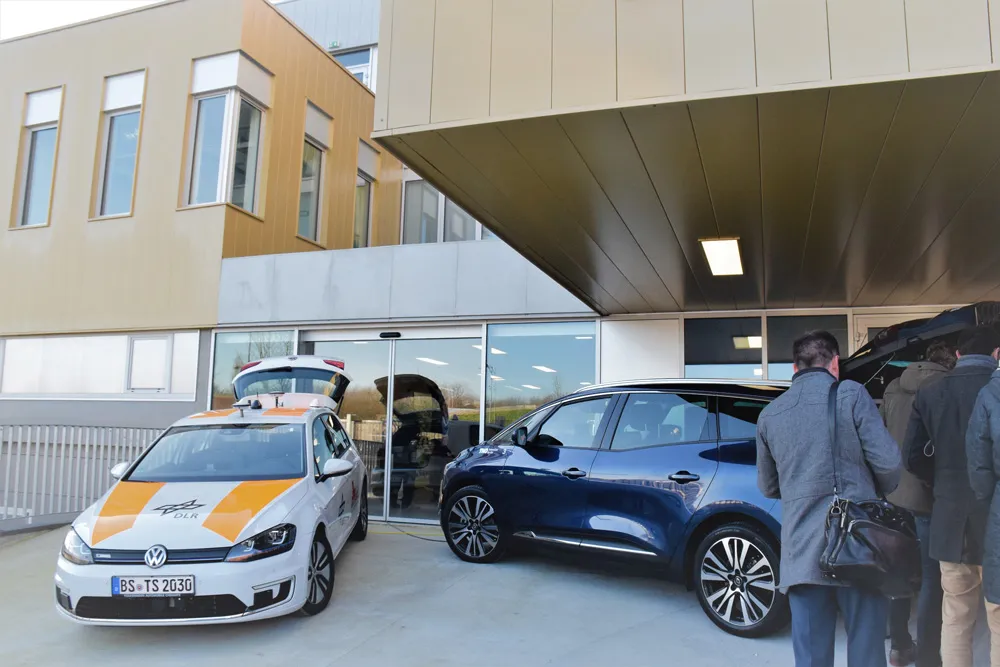This application, developed by EEE, can be implemented via a software update which reads the data from the Can-bus of the vehicle’s computer. The driver guidance system can be installed as part of its current software, or as a separate entity, including both the driver guidance and slipperiness detection systems.
The invention was originally used by the VTT Technical Research Centre of Finland for heavy traffic research projects and has also piloted in both the country and an EU-level project. It is also intended to be available for private vehicles in the future.
Jarmo Leino of EEE, said: “We offer the slipperiness data collected by the vehicles to be used by all parties in the project. In addition to that, also other information can be derived from the vehicles through the system, such as location and temperature data and information on sudden braking situations. We welcome all interested transport operators to join the project, there is room still.”
Raine Hautala, principal scientist at VTT, said: “The software that is now being implemented can also guide drivers to drive more economically. In addition to the driver of the vehicle, a warning of slipperiness detected can be forwarded in real time to the whole fleet and other operators, for example through map applications. The data can be utilized for other purposes as well, such as targeting road maintenance measures.”
Heavy vehicles to collect slipperiness data for Finland’s road users
EEE Innovations Oy (EEE), the Finnish Transport Agency and Trafi have launched a two-year project in the Northern European state to equip 1000 heavy traffic vehicles including buses and trucks with a data collecting system which will produce real-time road slipperiness data. The trial aims to improve traffic safety for road users, drivers and operators. This application, developed by EEE, can be implemented via a software update which reads the data from the Can-bus of the vehicle’s computer. The driver
January 24, 2018
Read time: 2 mins










